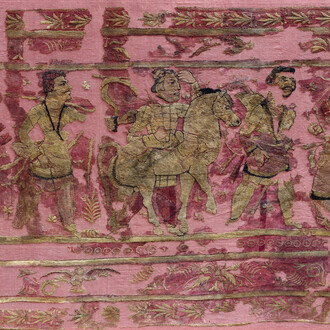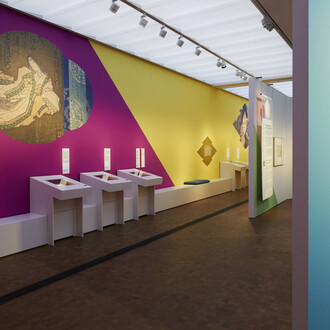Darkness can be many things. First of all, it is a physical phenomenon, the absence of light. With regard to the human psyche though, it conjures up numerous associations: We connect it with the subconscious, with the unfathomable, with feelings of fear and insecurity; as a metaphor, it essentially represents the eerie, the mystical, and death. However, at Museum Haus Konstruktiv in summer 2019, Danish artist Kirstine Roepstorff (b. 1972 in Virum, lives and works in Copenhagen) is showing that darkness can also bring about a new way of looking at something that exists, and signify an exploration of the perceptible.
Roepstorff has been addressing darkness and its meanings for several years. Based on the observation that we live in a world where light (be it natural or artificial) is glorified as a symbol of absolute truth, while darkness has predominantly negative connotations, Roepstorff is interested in the hidden sensory potential of darkness. In reference to her large 2018 solo exhibition at Kunsthal Charlottenborg in Copenhagen, we present a solo show that is as immersive as it is challenging, which encompasses one exhibition space on the fourth floor and all rooms on the fifth.
Roepstorff invites the public down a cleverly devised path, set out as a journey through darkness, to explore a built, ostensibly barren landscape of gravel and concrete elements, within which a multitude of selected works by the artist are to be discovered, including brass mobiles and large-format paintings where the application of paint is watery and cloudy. As materials, forms, time and landscape blend together, spatial boundaries are dissolved in Roepstorff’s installation as a whole, such that ultimately even the supposedly familiar rooms of the museum, despite being shrouded in darkness, appear in a new light.
















